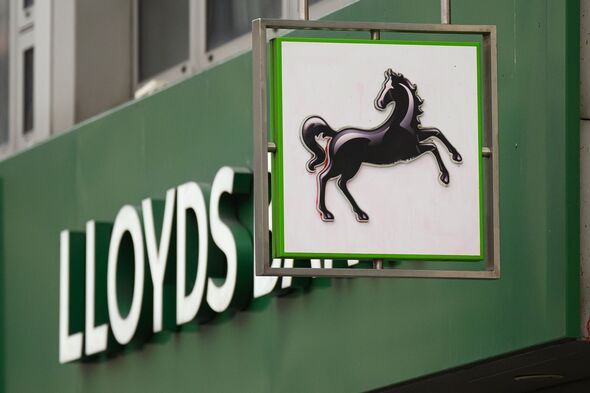

A map shows more than 2,000 bank branches that have shut or announced plans to close since 2022. Since the launch of an initiative designed to protect access to cash on the high street in February 2022, a total of 2,209 bank branches across the UK have announced closures. This averages at around 11 closures per week or 49 closures per month. This November alone,24 bank branches across the UK are set to shut, including 16 Lloyds branches.
By the end of 2025, 536 banks will have closed. Additionally, another 72 banks are already scheduled to shutdown in 2026, as well as 49 more that are due to close at a date yet to be announced. Lloyds is the major bank that has announced the most closures, according to the latest data. It has shut, or plans to shut, a total of 460 bank branches across the country. It is followed closely by Barclays (413), NatWest (350), and Halifax (347). England has seen the most closures, with 1,788 branches having already shut or planning to shut. Use the interactive map below to see which bank branches have closed or will close near you.
Scotland has lost or will lose 231 bank branches, Wales 133, and Northern Ireland 57. In England, the South East has been the most severely affected region, with 308 closures, followed by London (285) and the East of England (229).
When broken down by council area, Cornwall has seen the most closures or closure announcements with 47, followed by Leeds (34), and North Yorkshire (32). All of the major UK banks have agreed to the LINK initiative to assess the impact of closures, which was established to ensure vulnerable customers and small businesses were not left behind in the switch to cashless payments and virtual banking.
The initiative aims to ensure banking hubs and ATMs will fill gaps in communities that have lost bank branches. A recent report published by the House of Commons Library revealed that the provision of cash and banking services had fallen because of "changing consumer behaviour" and "industry changes such as the reduction in the amount ATM operators earn when ATMs are used".
Chris Ashton, LINK's chief commercial officer, said: "It's our job to protect access to cash, whether that's through a free to use ATM, Post Office or increasingly through banking hubs. The good news is that when any bank branch closes or if a community asks us to assess their local area, we can recommend new services. That could include enhancing existing services like the Post Office or new hubs. To date, we've recommended 246.
"We know that not everyone can or is able to use digital, and that's why we will continue to protect access to cash for as long as people need it."
Meanwhile, Gareth Oakley, CEO of Cash Access UK, said: "While more people may be more comfortable or choose to pay or bank for things digitally, we understand how important access to cash and basic banking services are for millions of people who prefer to use cash or are not yet comfortable to use digital.
"The good news is that we're delivering new services to make sure access to cash is maintained. This includes almost 200 banking hubs and over 100 deposit services, which crucially allow businesses to readily access or deposit cash. Two hubs are opening on average every week and we hope to have the 200th open before Christmas."